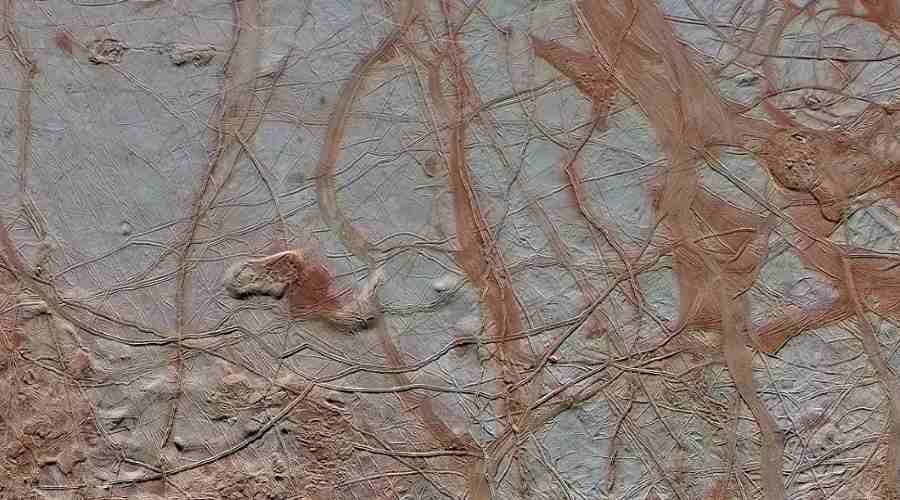
NASA: steam geysers on Europa
NASA has announced that observations using the Hubble Space Telescope have revealed water geysers on Europa, one of Jupiter’s moons. Under the thick ice cover of this natural satellite of the gas giant, there is probably a gigantic ocean of liquid water.
NASA last week announced a press conference on the breakthrough discovery. The scientists did not say anything else, thus firing up the imagination of the audience, although those more interested knew that the conference would be about the recent activity on Europa.
NASA at conference presented evidence of liquid water on Jupiter’s moon – Europe. All thanks to the Hubble Space Telescope’a, whichóry has recorded the appearance and disappearance of clouds, probably of water vapor. Such an observation was possible at the moment when the moon was passing in front of the bright planet. The observation was made in ultraviolet light.
The information presented by the US Space Agency did not electrify the scientific community. Researchers have suspected for years the existence of an ocean under the ice cap on Europe.
– Europa’s ocean is one of the most promising places to look for extraterrestrial life in our Solar System – said Geoff Yoder of NASA’s Science Mission Board in Washington. – If these are indeed geysers, they will make it easier to study the subsurface ocean on Europa – added.
Researchers are keenly interested in water because it is required for the origin of life, at least the one thatóas we know it. And there is no shortage of water on Europe. It is estimated that the gigantic ocean on Jupiter’s moon contains twice as much water as all of Earth’s oceans. It’s hidden one under a thick ice cap, whichóthe thickness of which we do not know.
Geysers were detected during the transit of the moon against Jupiter’s background. They are so large that their pióToad can reach up to 200 kilometersów. The discovery will allow to equip a future probe heading for Europe with the necessary equipment and to plan the flight so as to place the probe in the vicinity of such a geyser.
However, Europa is not the first moon on whichórym water found. In 2015, the Cassini probe detected water vapor clouds on Enceladus, one of the moonsóin Saturn. The results announced by NASA at the conference will be published in The Astrophysical Journal on September 29.

